The Deep: ArtScience Museum’s latest show takes the plunge
SINGAPORE — They look like creatures straight out of your worst nightmares. Or things that came out of The Creator’s workshop when he (or she) simply ran out of ideas after the platypus and proceeded to slap together whatever was left together.
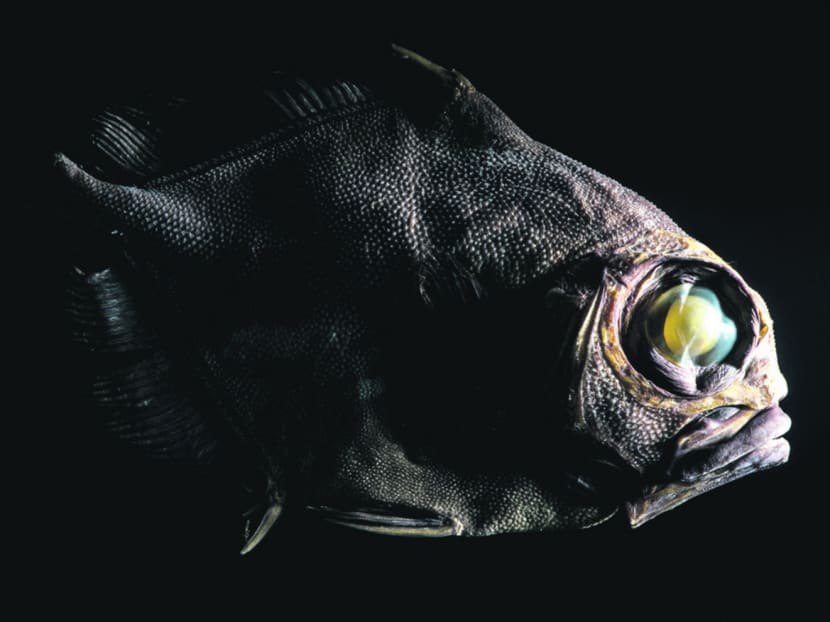
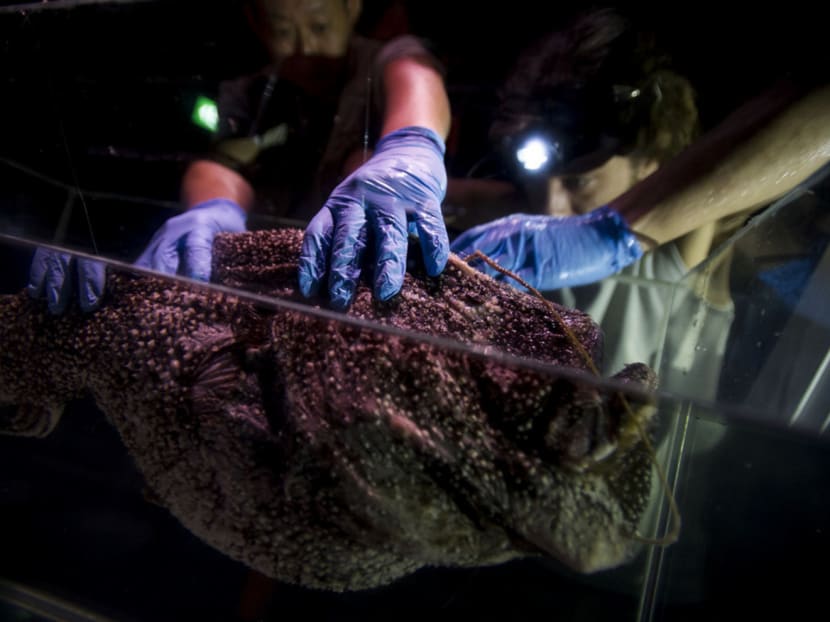
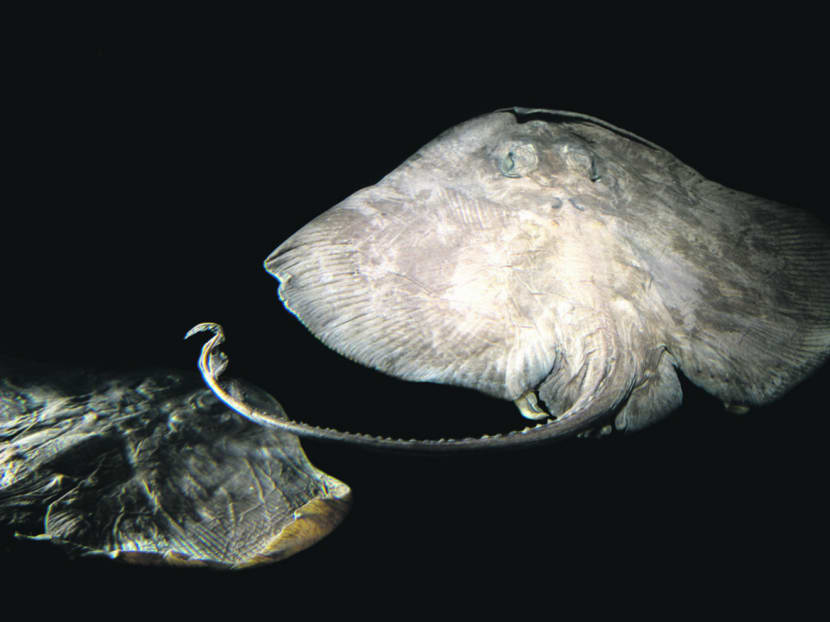
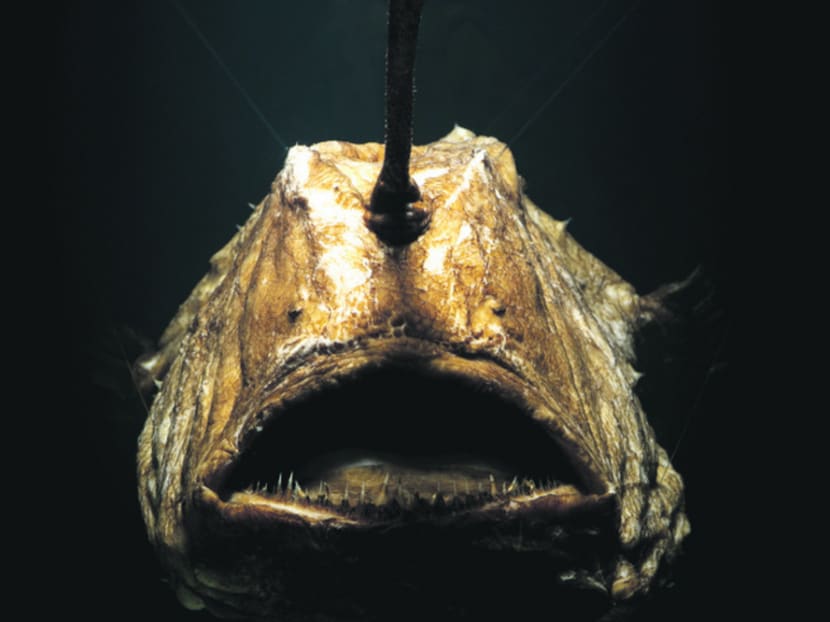
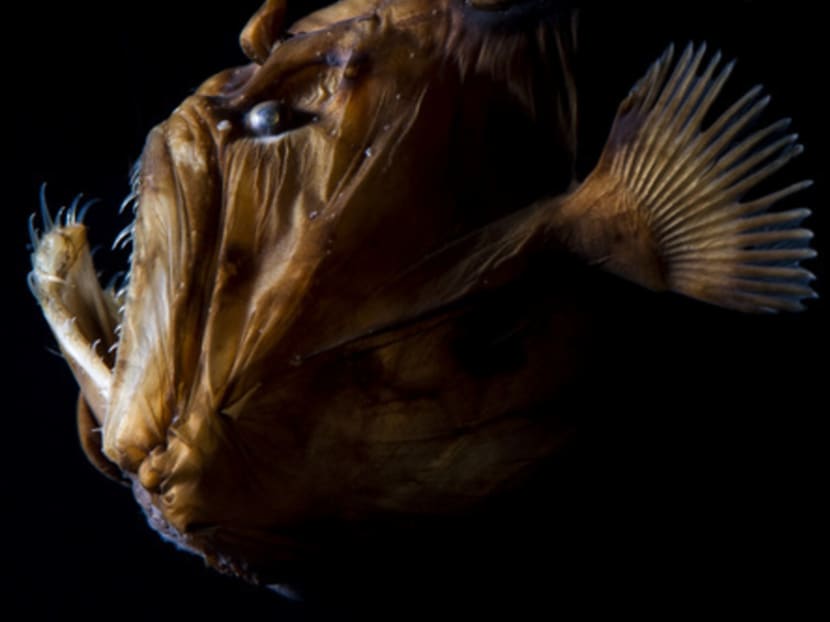
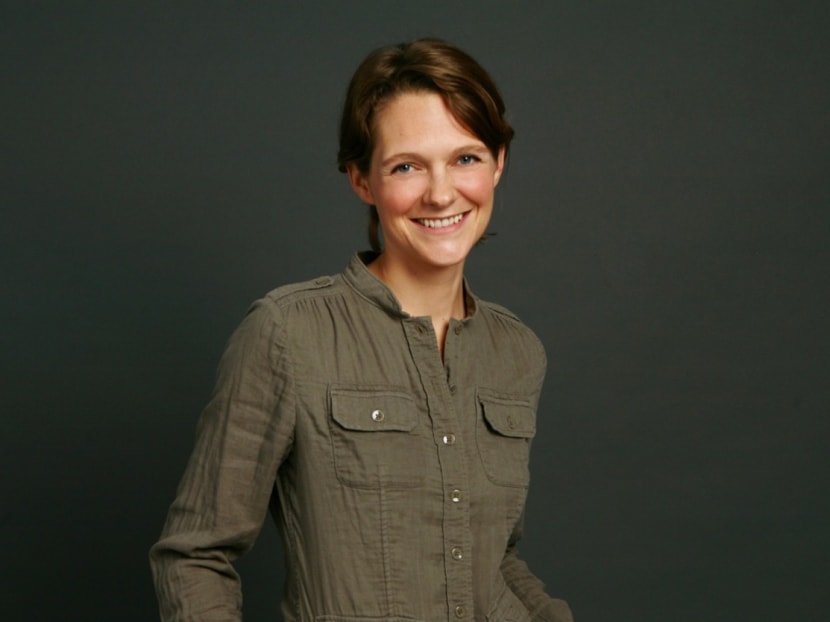
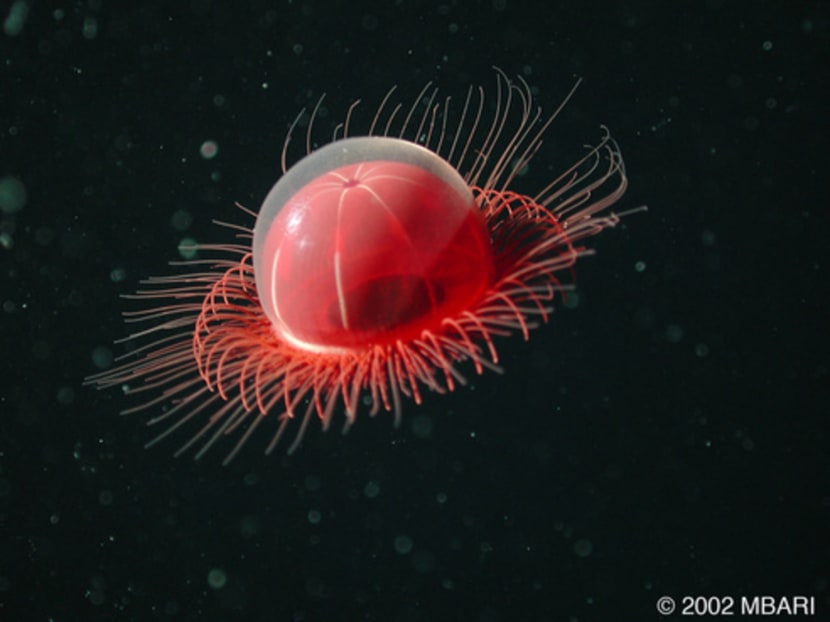
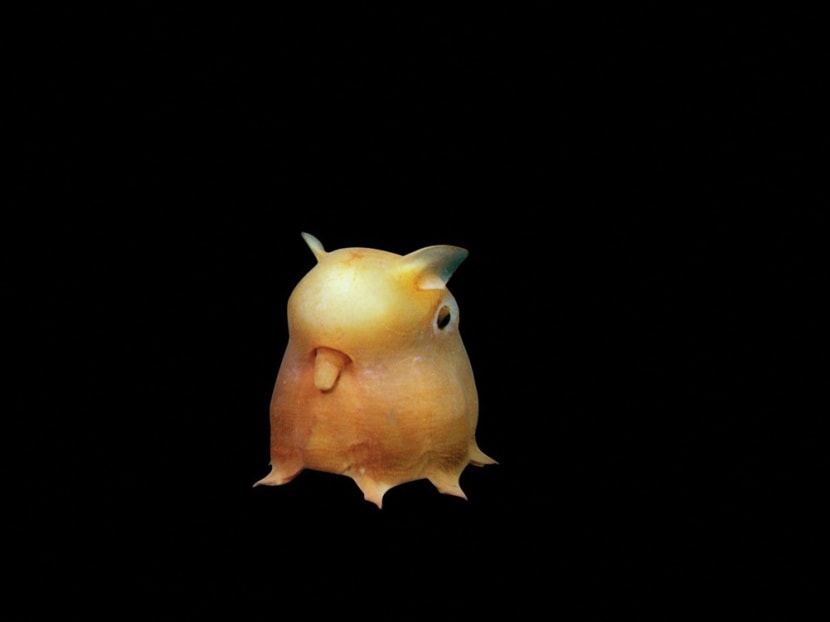
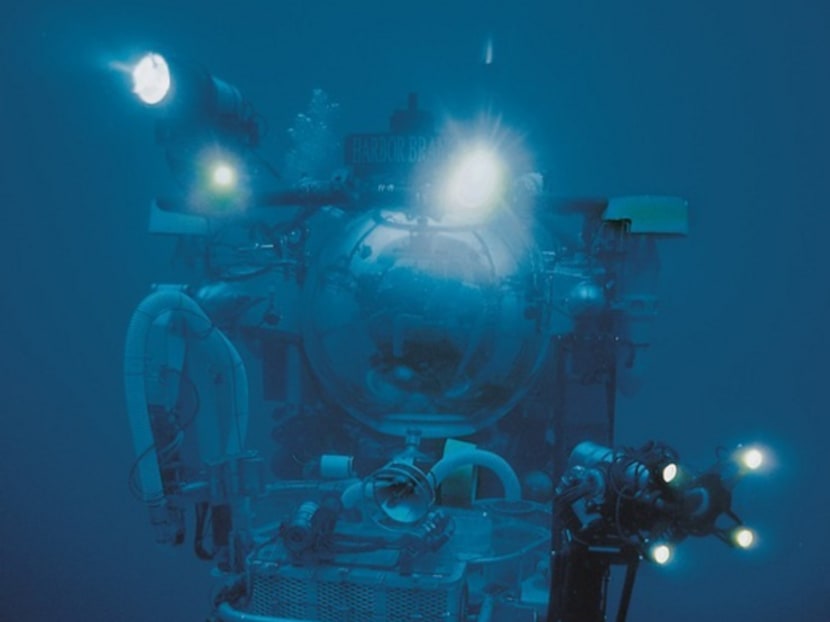
SINGAPORE — They look like creatures straight out of your worst nightmares. Or things that came out of The Creator’s workshop when he (or she) simply ran out of ideas after the platypus and proceeded to slap together whatever was left together.
But they are all real. The utterly disgusting-yet-intriguing deep-sea angler fish, which takes bonding for life literally by having the male fish living inside the female’s body (for easy procreation, it would seem); the eel-like hagfish, which has five hearts, no teeth and no stomach; and the goblin shark, which looks exactly like how it sounds, have all risen from the depths in the latest ArtScience Museum show The Deep.
The exhibition is a spin-off from respected French deep-sea activist and film-maker Claire Nouvian’s groundbreaking book of the same name, which was published in 2006. Curated by Nouvian herself and first exhibited at the National Museum of Natural History in Paris in 2007, it is currently on an Asian tour and features photographs, video and actual specimens of 40 of these rarely-seen deep-sea creatures, some of which live 4km below the surface — right down to the ultimate bottom-feeders on the seafloor.
UNKNOWN TERRITORY
A year in the making, the show had been on the museum’s radar and is a key exhibition in highlighting environmental awareness and sustainability (and also a part of the ongoing Voilah! French Festival), said ArtScience Museum executive director Honor Harger. A plus, of course, was the fact that curator Nouvian is a well-known figure among conservationists for her efforts in championing life in the abyss as well as her activism against deep-sea trawling.
“In terms of physical geographical frontier, the deep sea is definitely the least explored place on the planet. Only about 1 per cent of the deep ocean has been sampled and every time we look down, we find new species to understand and uncover new processes that were unheard of,” said Nouvian, who was brought up near the waters of Algeria and is also a sailor.
The founder of the sea conservation non-profit outfit Bloom Foundation, Nouvian has been literally plunging right in, having gone on several deep-sea expeditions and making several discoveries herself, such as the red paper lantern medusa, a jellyfish. “We were completely puzzled because the animal can really shrivel down to peanut size and then it opens up and looks like an accordion or a paper lantern. It’s 100 per cent gelatinous and shouldn’t have wrinkles!”
Recognising her efforts, many scientists have also given her specimens for the exhibition. Among these is Nouvian’s personal “winner”, the very rare tube-eye. “It has tubular eyes and a huge goiter — just like a pelican — with a tiny mouth. And it can create a strong current to suck in its prey, just like someone slurping spaghetti,” she said.
Another extremely rare specimen is the gulper eel. “It is, to my knowledge, the only specimen in the world caught in situ. It has huge jaws and an expandable stomach that allows it to gulp down prey that is gigantic in comparison to its size,” she explained, adding that what is on display had actually swallowed a large fish before it was caught.
‘PRETTY BAD SHAPE’
Deep sea “dragons”, various anglers and fish with names that range from quirky (spookfish, football fish) to rather terrifying (fangtooth), the list goes on — but with a caveat.
While scientists these days speculate that it is actually as active as the Amazon rainforest or the Great Barrier Reef down there (contrary to early ideas of the deep as a wet wasteland), the oceans are, according to Nouvian, “in a pretty bad shape”.
“Most marine resources have been over-exploited and a lot of the fish stocks are depleted. We’ve got to stop consuming fish as we do. It’s just not sustainable and aquaculture is not magic,” she said.
With regular fish food source slowly being depleted, the emergence of deep-sea trawling has had a negative effect on the wildlife (the Internet sensation blobfish, in fact, is supposedly in danger of becoming an endangered species because of this).
Nouvian has been in the business of deep-sea conservation for over a decade and The Deep, both the exhibition and the book, have been the result of her discoveries—both of new life and of the destruction happening out of sight. “The scientists could not believe that the large-scale destruction was already happening when so little was known about the environment. So I felt compelled to do something about it — to get the word out on the urgency of deep-sea conservation while educating the public on what lies in the deep,” she said.
And easing The Deep’s visitors into the exploratory experience is Australian artist Lynette Wallworth’s immersive installation that kicks of the exhibition here.
Titled Hidden/Depths, it comprises seven glass columns containing deep-sea specimens such as the rhinoceros fish or dragonfish, as well as 18 pots inside of which are glassworks with luminescent images of imagined creatures, which one can see using UV torches.
Wallworth’s interest in marine life began in 2001 and on arguably shallow waters — she followed fellow film-makers and scientists to catch the annual coral spawning event at the Great Barrier Reef. The artist went deeper into deep-sea territory for this installation and her aim to create a sensation of visitors “entering their domain”.
Which is exactly what Nouvian wants. “I feel now is the best time for us to demystify the deep seas. By knowing more about the underwater world, we can care more for that environment.”
The Deep opens today and runs until November at ArtScience Museum. For more information on activities and other related events, visit http://www.marinabaysands.com/museum/the-deep.html







